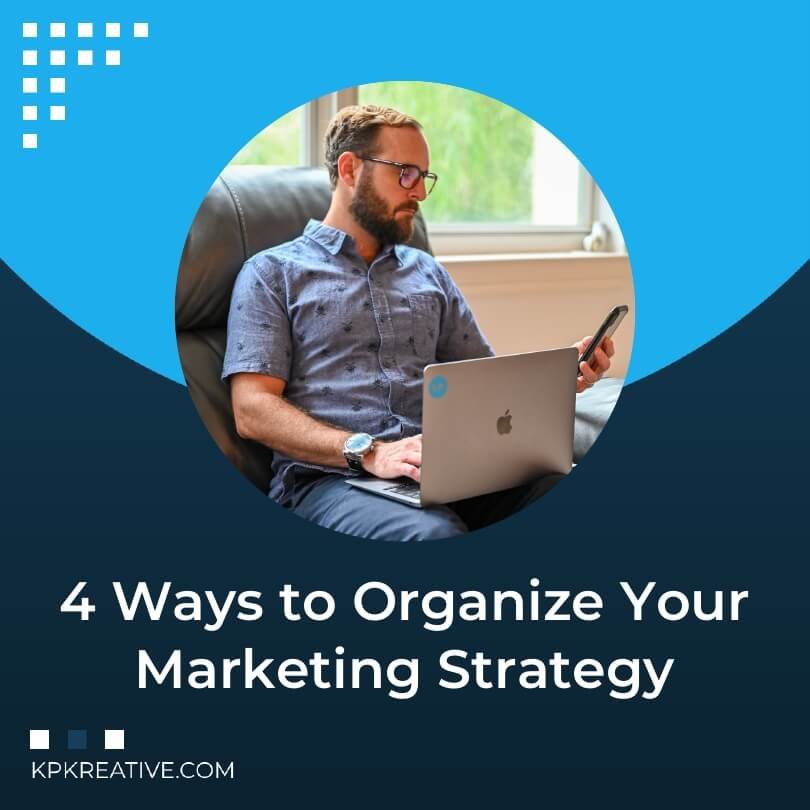Regardless of what kind of organization you run, email marketing can help you connect and grow with your audience and convert leads into loyal customers. Email marketing lets you build brand recognition, educate your subscribers, and promote sales and events. With the right tools at your fingertips, you can accomplish all of that – no design or coding experience needed – and you can automate it to save time.
In part 2 of our time-saving marketing tools series, I will be focusing on Aweber and MailChimp which are great tools for email marketing automation.
Aweber
Aweber is an email marketing tool that consists of advanced analytics and segmentation capabilities, industry-leading deliverability and extensive template libraries as well as live customer support.
Pros of using Aweber
- ability to import/export your email database
- a wide range of templates
- autoresponders
- reporting
- phone, email and live chat support
- easy integrations with third-party apps
- ability to re-send emails to users who did not open them
- A/B testing
How to schedule an Aweber broadcast:
- After logging into your account, click the “Create A Message” button. (If you have multiple subscriber lists make sure you have the list you would like to send to selected.)
- Now, select “Drag & Drop Email Builder”
- You can now select from templates by clicking the “Template” button on the right or you can drag any element from the box on the left to create your own email
- Once you have all of your elements in place, make sure to save & exit your campaign in the bottom right.
- Now click the blue button that says “Send Options”.
- Then select “Schedule a Broadcast”
- From there you can select multiple lists to send the Broadcast to.
- You can also schedule the Broadcast to go out immediately or at a date and time in the future
In addition to scheduling regular email campaigns, Aweber also allows to you create email automations based on Subscriber Acitivity. For example, when someone subscribes to your list you can send them a welcome email. This is called the Legacy Series in Aweber. Drop us a comment if you would like help learning how to set that up.
MailChimp
MailChimp is an easy and powerful way to send email newsletters. MailChimp is simple email marketing software which gives you many easy options for creating, sending and saving templates of your emails.
Pros of using Mailchimp
- ability to import/export your email database
- a wide range of templates
- reporting
- they have a free option
How to schedule a Mailchimp campaign:
- Once you are logged in, click the “Create Campaign” button. Choose “Email”
- The first step to build a campaign is to name it. This is for your reference only so you can easily refer back to it when reviewing reports.
- Next you’ll choose which list you want to send the campaign to. To do this, click “Add Recipients” From there you will select which list of subscribers to send the email to. Once you have done this, click “Save”.
- Next you’ll select who you want to email to be From. This is what shows up to the recipient when they receive the email.
- Next you will draft the Subject for your email
- When you have finished each of the above, click the “Design Email” button. Select whichever template you think will be the best fit for your campaign.
- Once you have selected your template, you will continue on to create your email campaign by dragging elements from the right hand side or filling in the existing elements from the template you selected.
- When you have finished designing your campaign, click the “Save & Exit” button.
- From there, you can hit the “Send” button or the “Schedule” button.
Mailchimp also allows you to create automations based on Subscriber activity.
Email marketing automations are a great way for you to stay in touch with your followers without having to do it in-real time! Stay tuned next week for part three of this series where we will be focusing on blog automation.
Related Posts

3 Best-Kept Secrets for Selling More Online
Social media is more than just a place for cat videos and perpetual scrolling. Hundreds of thousands of businesses worldwide are using social media to put their names on the map by tapping into an audience of billions (yes, billions with a B). With over 2.6 billion monthly active users on Facebook – and another billion on Instagram – social is where it’s at if you want to raise some hype for your products or services. Here are three tips to get more sales using social media:

Planting Long-Term Seeds for Long-Term Clients
It’s important to show your respect for potential clients’ hard-earned money by slowly nurturing them over time, carrying them through a carefully curated funnel that builds TRUST and DESIRE over several weeks…or even months. With that in mind, here are some marketing tips for nurturing long-lasting client relationships:

4 Ways to Spring Clean Your Marketing Strategy
The marketing arena never stays the same for long, especially in the digital marketing landscape. There’s always a new strategy at play, new feedback to implement, and more tweaks to be made to your latest video set to hit the socials. The result? You’re likely running around like a mad hatter, trying to keep everything in order and prevent your team from burning out or campaigns from falling apart.


